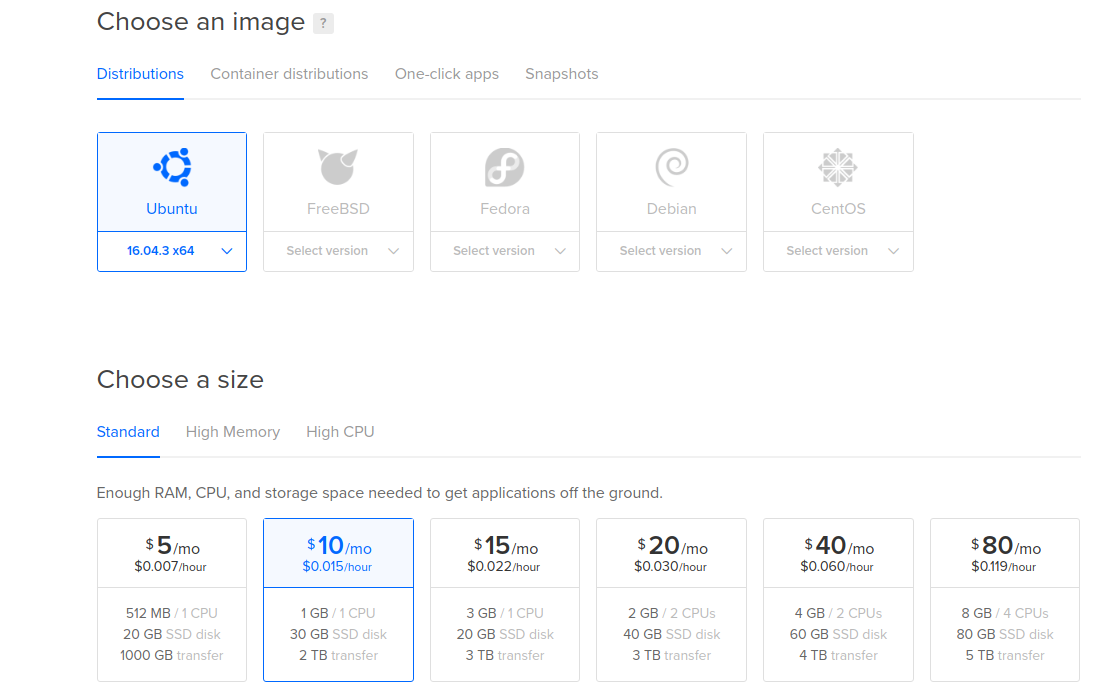

- #SHIPIT DEPLOY HOW TO#
- #SHIPIT DEPLOY INSTALL#
This step is important to avoid having unnecessary files (like the node_modules folder) being added to your repository. Make sure the repository is initialized with a. Set your repository’s visibility to your preference, either public or private. Optionally, add a description of your repository. Note that whatever name you choose here will be replicated as the project folder that you’ll work from on your local machine. Type a short, memorable name for your repository, for example, hello-world. You will notice that in the upper-right corner of any page there is a + symbol. To create a repository, open in your web browser and log in. While each provider is slightly different the commands are somewhat transferrable. In this step you’ll create a remote repository on. Shipit requires a Git repository to synchronize between the local development machine and the remote server. Step 1 - Setting Up the Remote Repository
#SHIPIT DEPLOY INSTALL#
Note: Windows users will need to install the Windows Subsystem for Linux to execute the commands in this guide.

An account with GitHub or another hosted git service provider.
#SHIPIT DEPLOY HOW TO#
To install git on Linux distributions, follow the How To Install Git tutorial. On macOS you can install these with Homebrew. A local development computer with rsync and git installed. 
By having Node.js installed you will also have npm installed this tutorial uses version 6.11.3. To install this on macOS or Ubuntu 18.04, follow the steps in How To Install Node.js and Create a Local Development Environment on macOS or the Installing Using a PPA section of How To Install Node.js on Ubuntu 18.04.
Node.js and npm installed on your development environment. Note, if you are following the prerequisites chronologically, then you only need to complete steps 1, 4, and 6 on your web server. Nginx (on your web server) secured with TLS/SSL as shown in the How To Secure Nginx with Let’s Encrypt on CentOS 7 tutorial. Two CentOS 7 servers (in this tutorial they will be named app and web) configured with private networking by following the How To Set Up a Node.js Application for Production on CentOS 7 tutorial. configuring and managing the Node.js processes running on the remote server with PM2.īefore you begin this tutorial you’ll need the following:. installing your application’s dependencies (node modules). transferring your Node.js application’s files from your local environment to the production environment (using rsync, git, and ssh). You’ll use Shipit to deploy your application and configure the remote server by: In this tutorial you will install and configure Shipit to deploy a Node.js application from your local development environment to your production environment. The Shipit workflow allows developers to not only configure tasks, but also to specify the order in which they are executed whether they should be run synchronously or asynchronously and on which environment. Developers can use Shipit to automate build and deployment workflows for a wide range of Node.js applications. It features a task flow based on the popular Orchestrator package, login and interactive SSH commands through OpenSSH, and an extensible API. Shipit is a universal automation and deployment tool for Node.js developers. The author selected the Electronic Frontier Foundation to receive a donation as part of the Write for DOnations program.







 0 kommentar(er)
0 kommentar(er)
